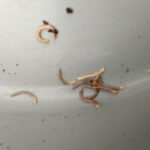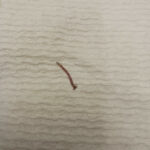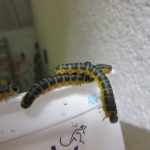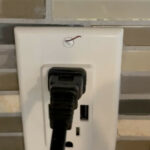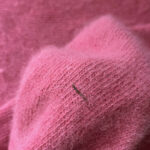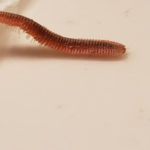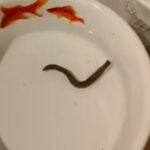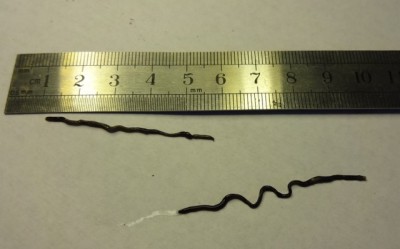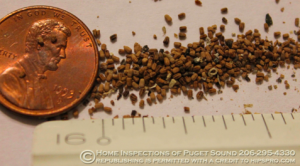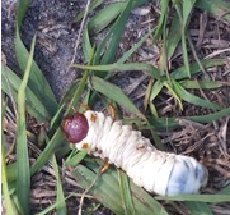Many people say millipedes look like crusty, crunchy “worms.” They are often seen crawling across basement floors and up walls. If you disturb them, millipedes will curl up like a coiled spring. Millipedes infest buildings – sometimes in great numbers – especially in wet weather or during spring and fall. Unlike centipedes, which can bite and sting, these arthropods are harmless.
The garden millipede is the creature most often identified as a “crusty worm,” although approximately 10,000 species exist. From a distance, it is difficult too see their segmented bodies, which is their exoskeleton. Although they are often thought to have a “thousand legs” because of their name, there are far fewer – averaging between 100 and 300 – with only two pairs of legs extending from each body segment. Millipedes are slow-movers and range in size from one quarter of an inch to about one and half inches in length.
Millipedes thrive in the outdoors, hiding under wet vegetation, which is their buffet table. Dry or overly rainy conditions send them indoors in search of damp, inert materials on which to feed. Interiors, especially cellars and crawlspaces, also are attractive to them in the fall when they go in search of a comfortable spot to overwinter.
If you see millipedes indoors, that means there are many more outside. Pesticides are short-term solutions in the basement or other areas of the home, but are rarely effective. The only way to resolve millipede infestations is to remove debris from around the home. Rake leaves, break up rotting logs, and inspect mulched flowerbeds and composted areas. While you can continue to mulch, clear a twelve-inch perimeter around foundations. As great travelers, millipedes are notorious for leaving woodsy areas to seek shelter in buildings of any kind.
Reduce humidity and provide adequate ventilation to eliminate millipede populations. In damp basements, consider adding a humidifier. At the very least, utilize electric fans on a regular basis. Inspect and repair faulty door and window seals. Patch cracks in the foundation.
A millipede influx can end as quickly as it begins. Often, they die indoors within a few days, leaving behind their hard crusty bodies. Sweep or vacuum, then discard.
All About Worms is always free, always reader-supported. Your tips via CashApp, Venmo, or Paypal are appreciated! Receipts will come from ISIPP Publishing.



